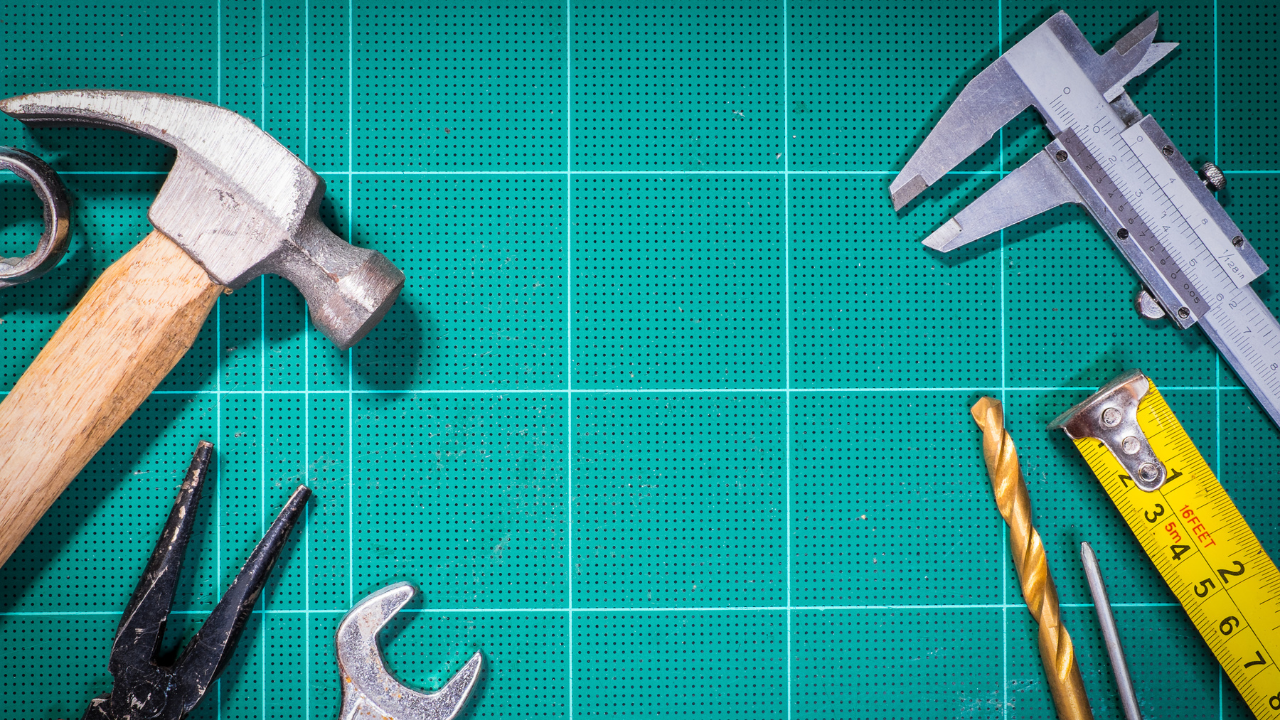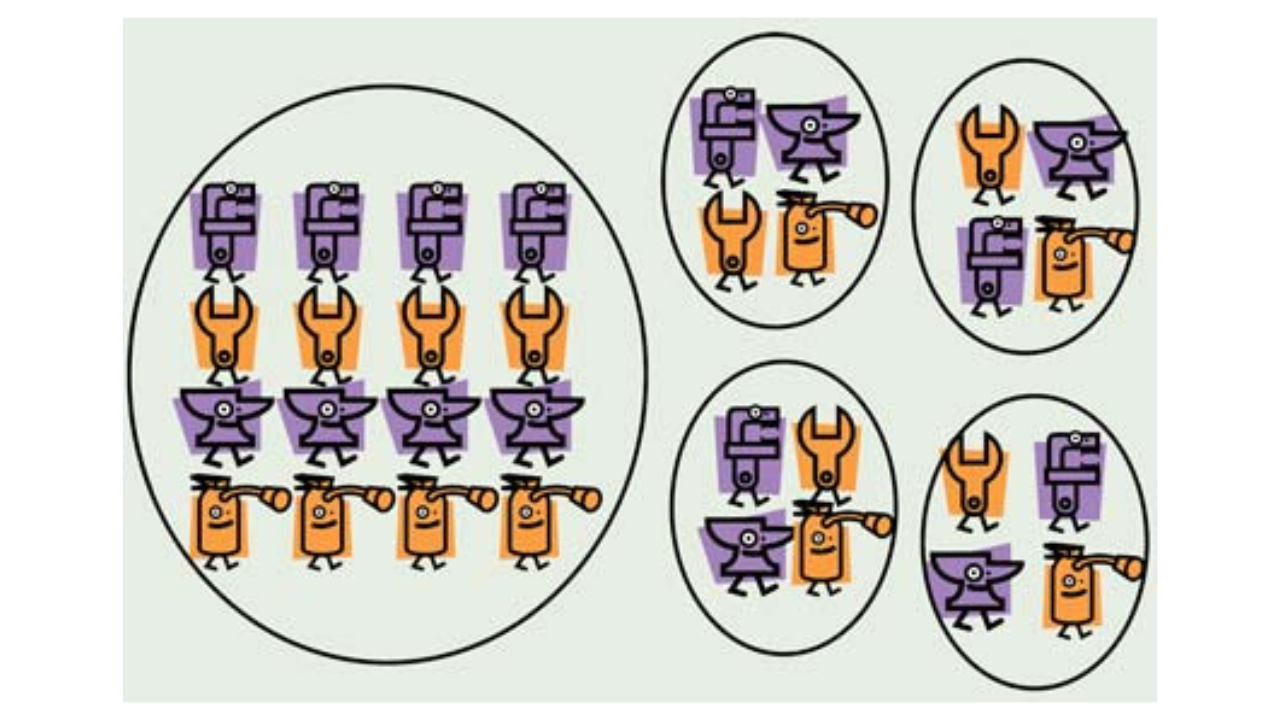Maintenance Planning and Scheduling
Chris Hykin, Advantage Team leader, International Paper
Maintenance Planning and Scheduling is the NEW Profit Center
As an industry, we are facing vastly different circumstances than we ever have before. New low-cost producers and an ever-shrinking world market have left the old, dominant mills fighting for survival. No stone is being left unturned in the search for improvements that will allow a mill to stay economically viable in these difficult times.
One area of increasing focus is the maintaining of our facilities. In the past, the maintenance department was viewed as a “necessary evil.” They were the high-priced wrench-turners who sat in the shop and waited for equipment to fail. In more recent history, we are finding ways to prevent our failures before they occur. Tools such as vibration analysis, infrared imaging, acoustic testing and preventive maintenance help us maximize profits by minimizing downtime.
To actually realize those potential increases in profits, it must be taken a step further through maintenance planning and scheduling. In addition to identifying potential failures, we must also focus our resources to correct them before the failure occurs. With decreasing workforces and increasing responsibilities of those left at the facility, the efficiency of our resources easily becomes a second priority.
This becomes a slippery slope as less work is completed, more failures occur and our time is spent repairing failures, not on preventing the failure from happening. The only way to break this cycle is to approach maintenance planning and scheduling as a new profit center. To do this, we must develop a new, disciplined approach to identifying, prioritizing and completing maintenance work.
The mill must understand that an effective maintenance planning and scheduling program will produce a more efficient workforce and decrease overall maintenance downtime. This equates to higher profit margins for the mill and in turn increases the facility’s ability to survive.
What is Maintenance Planning and Scheduling?
Maintenance planning and scheduling is a disciplined approach for utilizing your existing maintenance resources to reduce area downtime and minimize the overall production costs. This is accomplished through:
- Prioritizing work
- Developing the physical steps to complete the job
- Procuring necessary tools and materials
- Scheduling the work to be done
- Completing work
- Identifying any additional work to be completed on the equipment
- Filing written documentation for equipment history
What’s in it for me?
The obvious answer is to improve the long-term viability of your facility due to the reduced cost associated with maintenance and equipment downtime. For the man in the trenches, that often means very little. How many times have you been called in the middle of the night to come deal with an equipment failure? Or, had a vacation cancelled due to runability issues? Better maintenance planning and scheduling practices will reduce the frequency of these catastrophic failures.
Looking in the Mirror
It is very easy to sit back, play the victim and claim to have too few people to keep the area running. The fact is, if you don’t have a disciplined system in place, you don’t know how many people it truly takes to maintain your equipment.
The first step to establish an effective maintenance planning and scheduling program is to identify the current planning and scheduling practices. This means getting out in the operating areas and speaking with supervisors, planners, and maintenance and operations hourly employees.
You’ll likely run into a lot of frustrations around what is currently in place. You’ll also get an opportunity to hear a multitude of excuses for why it can’t work, but keep digging for information to help build a successful system. Here are some things to look for:
- Is your backlog of maintenance work extremely large?
- Do you seem to accomplish very little with the people you have?
- Do you have the same failures over and over?
- Are all jobs scheduled using the Noah’s Ark method? (2×2, two men, two hours; 2×4, two men, four hours; etc).
- Are parts on the job before it is started?
- Do employees understand what’s expected of them?
These are all symptoms of a planning and scheduling system that is not functioning well.
Making a Molehill out of a Mountain
Let’s face it, maintenance planning and scheduling is not rocket science. The goal is to get the most critical jobs completed in the most efficient way. Think back to the last three times your mill has attempted a planning and scheduling project. Why did it fail? Learn from those mistakes and drive down a different path.
At the International Paper mill in Augusta , GA., our problems in the past centered on the lack of a written system and defined roles and responsibilities. As soon as the man with the briefcase left, we quickly reverted to the comfort of how it was done in the past.
In order to make sure the newest variation of a maintenance planning and scheduling program stuck, we had to get serious about creating clear roles and responsibilities for everyone in the organization. This included everyone from the mechanics to upper mill management.
Our next challenge was to make sure the new roles became a part of the way we do business. This meant taking a realistic approach to what could be sustained with our current resource levels. The system also had to be flexible enough to accommodate the skill set and resources of each area.
Maintenance Planning and Scheduling: The Rollout
How many times have you seen the “program of the month” fail when it ran into the “not this again” mentality of the workforce? We have cried wolf so many times when implementing these types of systems that the majority of the workforce has quit listening. Before you roll the system out, make sure you have documented why you failed in the past and what you will do different to succeed now.
To conduct a thorough assessment, form a cross-functional team from around the mill or just conduct some informal polling. Find out what the perception is of the current and previous maintenance planning and scheduling systems. Make notes of those weaknesses and address them specifically in your rollout plan.
At Augusta, we chose to develop a cross-functional team made up of middle managers, front-line supervisors and even some hourly employees. The employees selected were the most influential and respected members of their areas. The team was charged by mill management to develop the system and a timeline for rollout.
The rollout included defined roles and responsibilities, appropriate metrics, meeting frequencies and agendas, and sustainability plans. We took the team off site for a week and worked through the entire system. At times, there was some very heated discussion on what would or would not work; but in the end, we came to a consensus on the system.
The next step is to present the team’s findings and plans to mill management for approval. This is a crucial step because without support of upper management, the system will never be sustainable.
At Augusta , we not only met with the mill management team and reviewed our proposal, but we also had each member of the management team sign the cover page to indicate their support and commitment. This was something that had never been done in the past and it helped set the expectation that system be implemented mill wide.
Once you have an agreed upon document for how the mill will plan and schedule maintenance work, the real work begins! Dedicated resources will be needed to successfully roll out the system. In Augusta , the development team was responsible for the individual area rollouts. This was one of the key reasons we selected the most influential and well-respected members of each area.
Now that they had developed the system and built ownership, they could be the drivers at the lowest level. The area team members held half-day meetings with their areas to review the system, including a line-by-line reading of the manual and a question and answer section.
Some questions had to be brought back to the team as a whole to get a consensus decision, but most were addressed in the document as it stood. In the end, we found this to be a very effective way to maintain the integrity of the system across the mill.
Sustainability: Changing your Culture and Profits
Once the system is rolled out, the main focus must be on sustainability. The first six months is the crucial timeframe for establishing a foothold in the mill culture. Each area must feel a constant presence to ensure that the system becomes second nature. In Augusta , the rollout team was charged with attending at least one daily meeting for each area once a week. We also held monthly meetings of the team to discuss issues and advances.
By openly and regularly sharing, we were able to make decisions on the progress of the system. It also helped the team members to stay aware of how the system was progressing and even inspired some competition between areas to try to be the best.
As another way of insuring sustainability, we instituted system audits by the mill management team. We developed a checklist of questions that should be answered when attending a planning meeting and another checklist to help identify well-planned jobs in the backlog. This becomes a real tool when you see an area start to back slide a little.
It’s always amazing to see a group snap to when the mill manager comes into a lower-level planning meeting just to see how things are going. A few well-placed questions about some part of the system that is lacking always goes a long way to show the team that the expectations are real and will be followed up on.
Lastly, we developed metrics to measure the impact of the system. The implementation team maintained an area scorecard with agreed-upon metrics to measure system utilization throughout the mill. They were required to bring these metrics to a mill management meeting and discuss the results monthly. Just like the audits, this went a long way in keeping the team members actively pursuing the goals we had set.
We also added some of these metrics to the scorecards of everyone in the mill. Augusta uses the scorecard as a discussion tool for monthly one-on-one reviews between employees and their direct supervisors. These metrics kept the maintenance planning and scheduling goals in front of them and directly affected merit increases at the end of the year.
Laziness, the TRUE Mother of Invention
Once your system has been rolled out and people understand that it is not going away, you will see amazing things start to happen. People adapt the system and start to find ways to make it easier to use in their areas. You will see a crossover in responsibilities and team members will enhance the system to make their jobs easier.
For instance, one Augusta planner decided that, on shutdowns, he would go out in the field and tag each job with a paper tag that identified the mechanics assigned to the job, where the parts were located and any specific notes for the job. This helped reduce the “morning rush” of a shutdown when supervisors are running to get mechanics on their respective jobs and answer any questions.
The hourly mechanics gave very positive feedback on the system and even left notes on the paper tags with what they found and necessary follow-up work. Examples like this were seen across the mill once each area took ownership of the system and it became part of the everyday culture.
Once you start to see people taking the system to the next level, you will have succeeded with your initial rollout. Now, it’s time to start over again. Take another look in the mirror, find your weaknesses and focus on ways to continue to improve. Those who do not continue to improve will be left behind.
The concepts of an effective maintenance planning and scheduling system have been around for years. The charge today is to successfully develop and roll out a system that will become a part of the way your mill does business for years to come. In a world where only the strong survive, it is imperative that we focus on the costs that are within our control. By changing the perception that planning and scheduling is just an exercise in futility to a profit center that can actually reduce mill cost per ton, you will help ensure that your mill will continue to survive.

Chris Hykin
Chris Hykin is the director of operator-driven reliability for International Paper in Augusta, GA.
Related Articles

A Planner's Tool Kit

Uptime: Fill Out Work Orders? Who's Got Time for Paperwork?

Tips for Maintenance Planning

Centralized Maintenance vs. Decentralized

You Cannot Maximize Production or Reduce Costs Without the use of an Effective Planned Maintenance System

Work Order Prioritization




